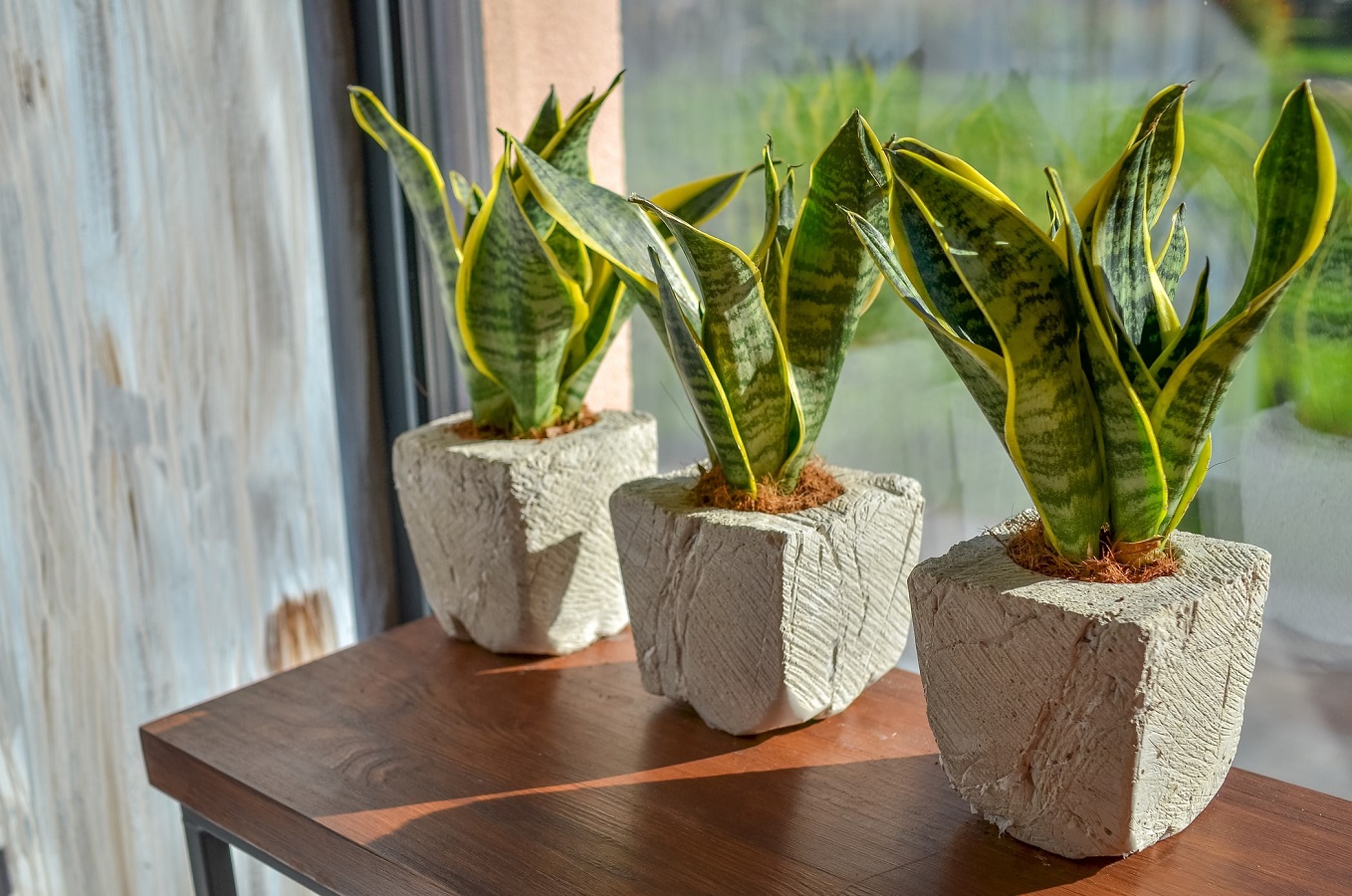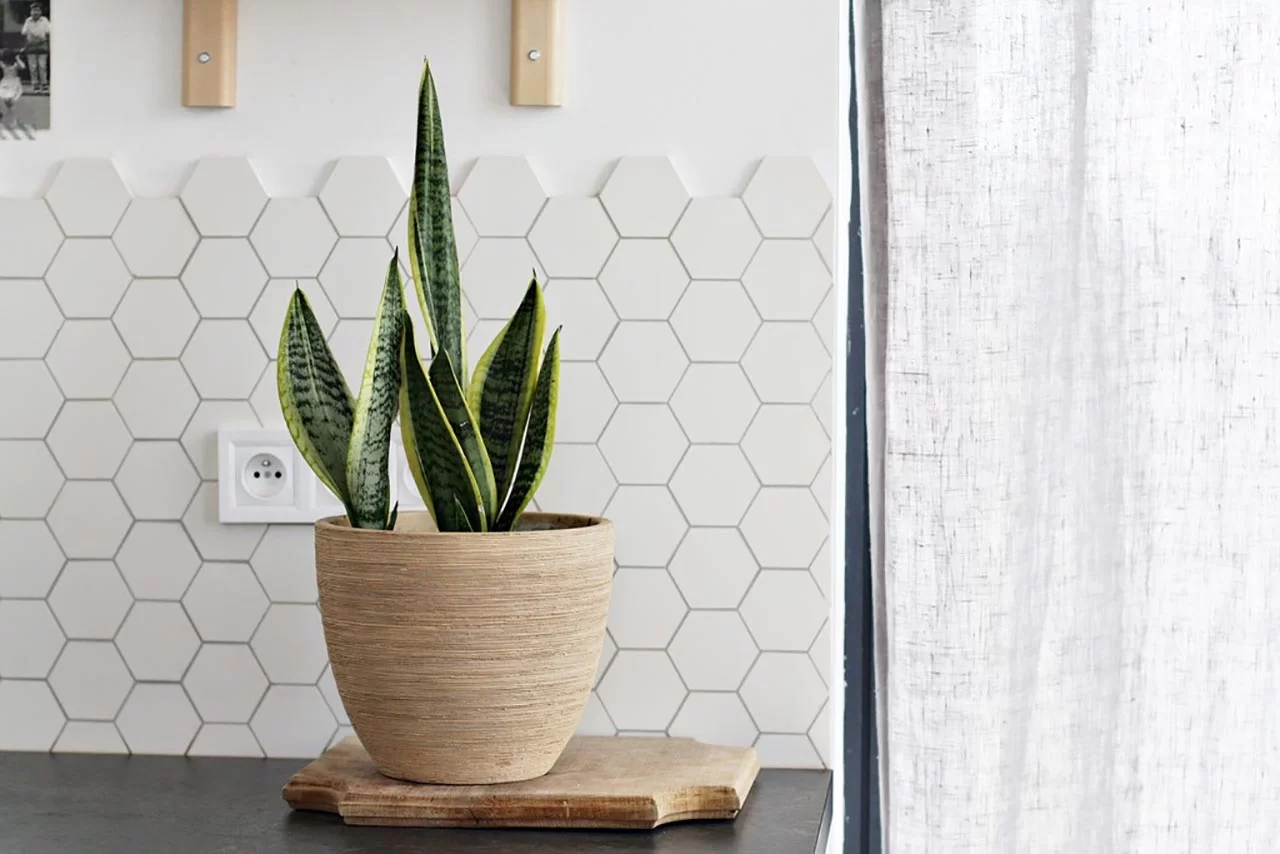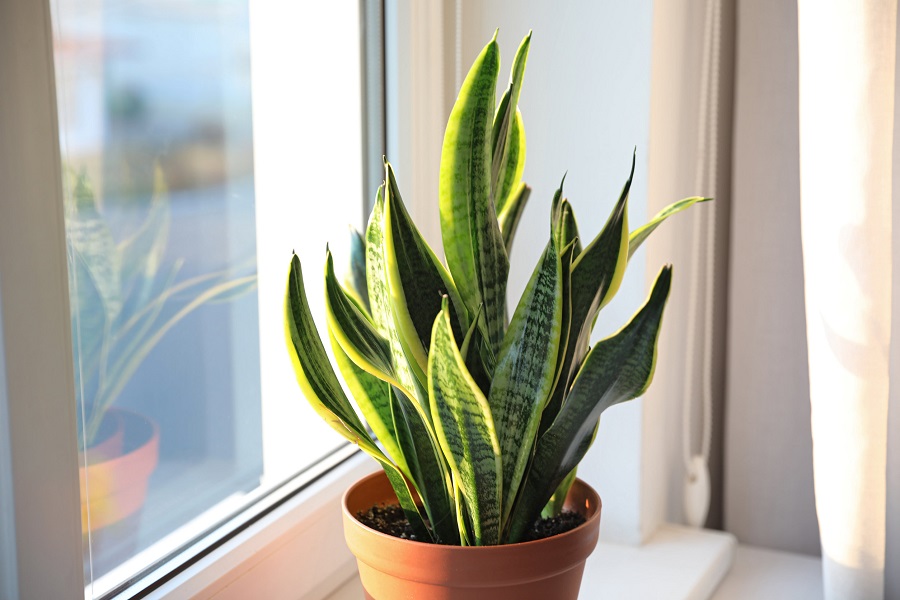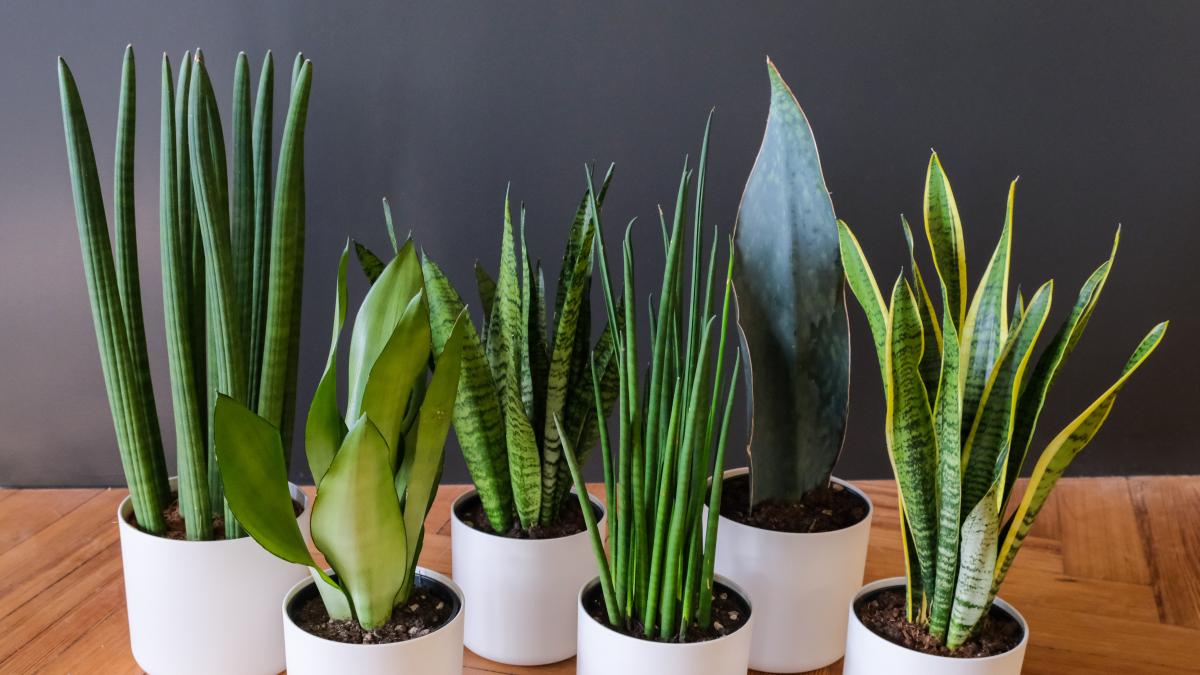Snake Plant Care - Learn How to Care for Sansevieria Plant
Snake plant is a very characteristic plant that becomes an increasingly popular resident in houses and apartments. It's perfect for everyone - an experienced floral expert, as well as a beginner plant-lover. It's a species belonging to the group of succulents, so infrequent watering won't harm it. What should you know about Sansevieria? Check it before you purchase the plant.

What kind of plant is Sansevieria?
Sansevieria is a houseplant which has characteristic decorative leaves. It’s fairly simple to grow. Until recently, it was a common office plant, but it started reappearing in many homes - and it’s becoming more and more popular.
Keep in mind that this plant, also known as snake plant or mother-in-law’s tongue is highly beneficial at home. It purifies the air from various toxins and pollutants. For this reason, it’s a perfect bedroom plant.
Sansevieria has many varieties. There are over 70 types of snake plants, but only three main species are grown commonly as houseplants:
- Sansevieria trifasciata,
- star Sansevieria (Sansevieria kirikii),
- cylindrical snake plant (Sansevieria cylindrica).

Snake plant care - what are the best conditions for a Sansevieria?
Snake plant is a popular choice because of its distinctive, ornamental leaves, but not only. Many people decide on it because it’s relatively easy to take care of. It’s often called a plant of steel, meaning it’s resistant to neglect. Mother-in-law’s tongue is perfect for beginners, as it can forgive mistakes and doesn’t cause many problems.
What’s the best soil for a snake plant?
Sansevieria care involves picking the right type of soil. A mix for succulents is a good choice. Pay attention to watering. Snake plants can endure very dry soil, so it doesn’t need regular or excessive watering.
Keep in mind that the plant belongs to the family of succulents, which means it accumulates water in its fleshy leaves.
Snake plant - temperature
Sansevieria can’t survive in low temperatures. If left outside in winter where temperatures drop below 10°C (50°F), the plant will die. Snake plant requires room temperature around 20-24°C (68-72°F). The lowest temperature it can withstand is 17-20°C (62.6-68°F).
Avoid leaving the plant outside - on a balcony or patio - changing weather conditions might harm it.

Snake plant - what happens if you overwater it?
Because Sansevieria is a succulent, it can endure lack of water better than other plants. Everything thanks to its fleshy leaves where the plant stores water.
Snake plant has a delicate and shallow root system. When combined with too much water - it might rot. It’s much better to water it rarely than overwater the plant.

Snake tongue - what are the best soil conditions?
Sansevieria belongs to succulents, so it needs highly permeable soil. That’s why the bottom of the container should be lined with sand, which should constitute from ⅓ to ¼ of the pot’s volume. Fill the remaining part with soil, a mix of turf, leaf mulch, peat and sand.
Purchasing a mix in a store is an easier solution, especially for inexperienced plant enthusiasts.
Can you repot a Sansevieria?
If the snake plant’s roots don’t fit the pot anymore, plan repotting for spring. Sansevieria thrives in small pots, so repot it gradually - a new container should be one size larger than the previous one.
Pick a stable container when repotting your snake plant. Ceramic or clay pots are perfect for this purpose, and they make a perfect base for the plant.
Young plants should be repotted every two years. Older Sansevierias can be repotted less frequently, every three years on average.

Propagating snake plant - is it difficult?
Mother-in-law’s tongue is not only a beautiful-looking, but also easy to propagate of plant. You can get new young plants in two ways:
- Splitting adult plants is the first method. They grow quickly and form many new stems.
- You can also use leaves as seedlings. Cut a leaf into pieces and put it in sand so that they take root. Then, plant them in soil in a new container.
Is snake plant prone to diseases?
Sansevieria is a very durable plant. If you take a good care of it, it will grow well all year round. The plant is unlikely to get sick - the biggest problem it can face is overwatering.
Make sure the temperature is right, especially in winter. Too low temperatures can cause disease - you can recognize it on the leaves.

📍 How fast do snake plants grow?
Snake plant is a relatively fast-growing species. At first, you can put in on a windowsill, as it doesn't mind the sun. But soon, its leaves will get too long, and you'll have to keep it on the floor.
📍 How to care for a snake plant?
Mother-in-law's tongue is not a complicated plant to grow. Remember to water once every or every other week in summer. In winter, it should be water even less frequently - even once every 21 days. Fertilize the plant with a liquid fertilized during the warm months.
📍 What is the right soil for Sansevierias?
Sansevieria, commonly known as snake plant, needs a fertile soil - rich in humus and permeable. If you decide on store-bought mixes, pick the one designed for succulents and cacti. Snake tongue plant doesn't tolerate excessively wet soil - water it only when it's dry.
📍 What kind of container is the bests for a snake plant?
Sansevieria has to be planted in a heavy and stable container. It's mostly because of the leaves' length. Additionally, the walls of the container have to be thick enough, so the growing roots don't break them.
Featured articles




